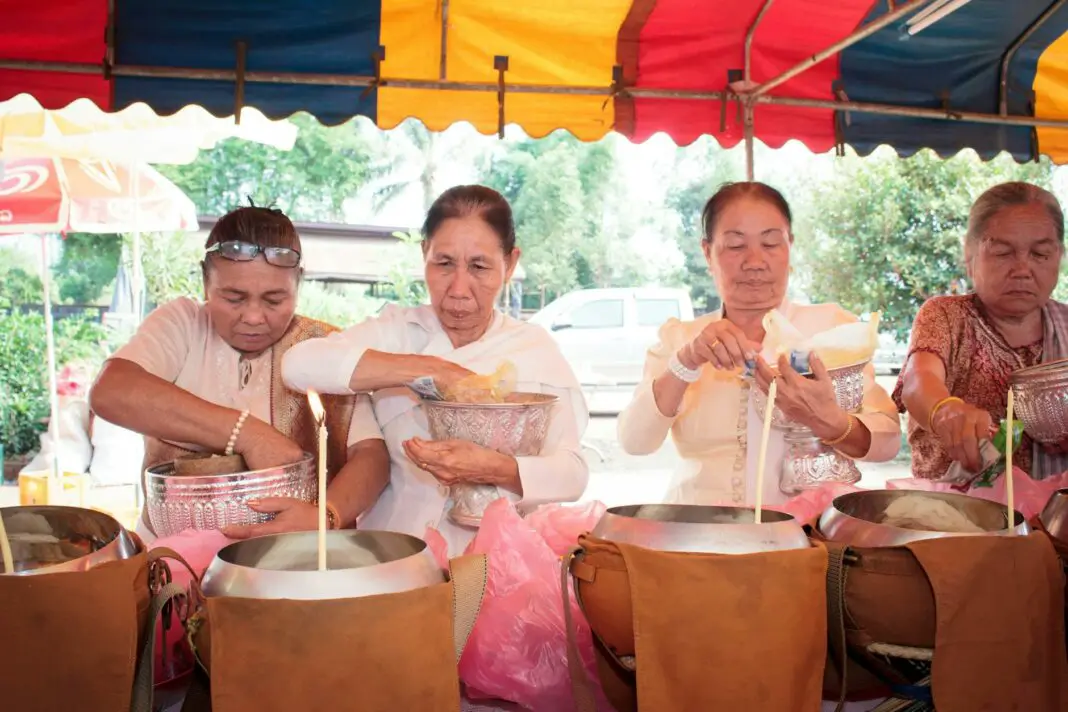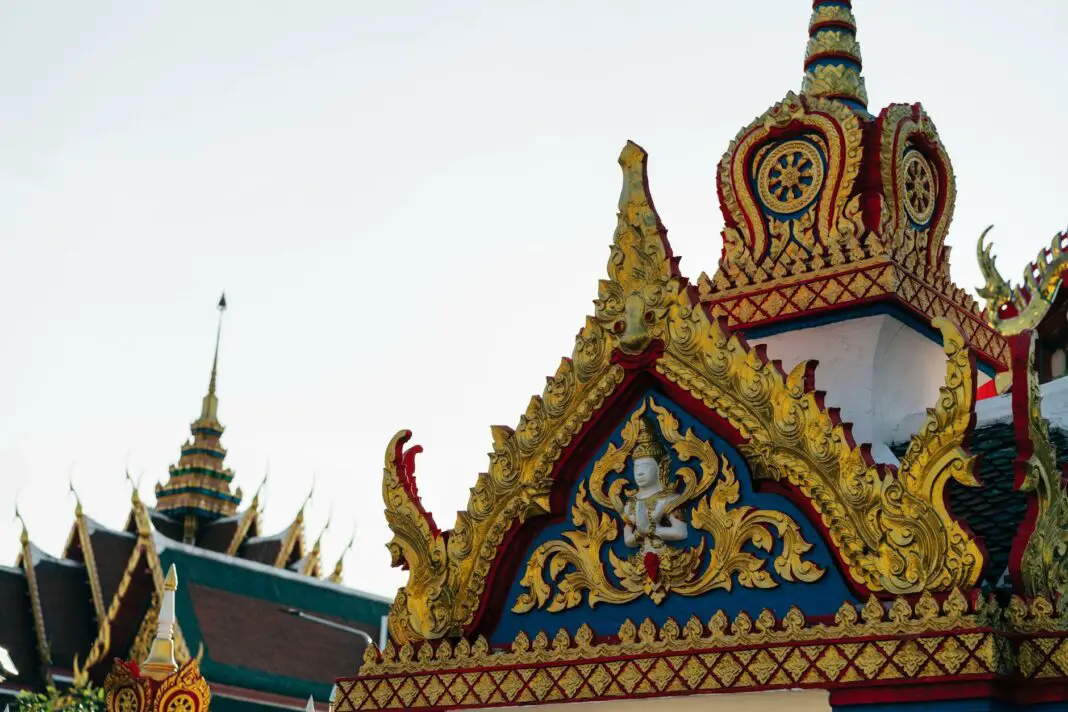Embarking on a trip to Thailand offers more than just picturesque landscapes and vibrant street markets; it invites you to delve deep into a culinary experience that captivates the senses. With an array of fresh ingredients, aromatic spices, and a rich cultural tradition, Thai cooking stands distinctively apart from other cuisines around the world. This blog post unlocks the secrets behind what makes Thai cooking so unique, exploring its essential components, fascinating techniques, and the cultural heritage that shapes every dish. Whether you are planning a culinary adventure in Thailand or simply want to recreate these flavors at home, you’ll discover valuable insights that make Thai cuisine a perennial favorite.
From the complexity of flavors to the balance of textures, Thai food is a harmony of contrasting elements that delights food lovers everywhere. Understanding these nuances not only enriches your dining experience but also inspires creativity in the kitchen. Join us as we navigate the diverse landscape of Thai culinary practices and unveil why Thai cooking resonates with so many, igniting a passion that transcends borders.
Table of Contents
- The Flavor Profiles That Define Thai Cuisine
- The Role of Ingredients in Thai Cooking
- Culinary Techniques Unique to Thailand
- Cultural Influences on Thai Cooking
- Tips for Cooking Thai Food at Home
- Final Insights on Thai Gastronomy
- Frequently Asked Questions
The Flavor Profiles That Define Thai Cuisine
One of the most remarkable aspects of Thai cooking is its distinct and complex flavor profiles. Unlike many other cuisines, Thai food harmoniously blends sweet, sour, salty, and bitter flavors in each dish, creating a sensational taste experience. For instance, the iconic Pad Thai offers a delightful balance of sweetness from palm sugar, acidity from tamarind, and a hint of saltiness from fish sauce, resulting in a dish that is both comforting and exciting. Furthermore, fresh herbs such as cilantro and Thai basil, along with zesty lime juice, elevate the overall flavor, enriching each bite with freshness. By incorporating these elements, Thai cuisine allows diners to participate in a flavorful dialogue where the contrast and balance of flavors enhance the overall culinary journey.
The artistry of Thai flavor profiles does not stop at the ingredients; the presentation of the dishes plays an equally crucial role. Vibrant colors and thoughtful garnishing engage patrons visually, signaling the diverse taste sensations awaiting them. This meticulous attention to detail enhances the dining experience, ensuring that food is not just sustenance but a form of art. Each meal draws from Thailand’s agricultural bounty, reinforcing the idea that food should evoke pleasure through both taste and aesthetics, a sentiment firmly rooted in Thai culture.
The Role of Ingredients in Thai Cooking
When we think about what makes Thai cooking unique, the ingredients take center stage. Thai cuisine celebrates freshness, focusing on locally-sourced produce, herbs, and proteins. Staples such as jasmine rice, coconut milk, and an array of vegetables not only provide depth but also allow for infinite creativity in the kitchen. Fish sauce, commonly referred to as Nam Pla, is ubiquitous in many Thai dishes, providing that umami kick that elevates the overall experience. Meanwhile, fresh herbs like lemongrass, kaffir lime leaves, and galangal add aromatic notes that transport your taste buds straight to the heart of Thailand. These ingredients are integral components that set Thai cuisine apart from others, forming the backbone of every recipe.
Furthermore, the use of chilies in Thai cooking exemplifies the balance between heat and flavor. Varieties such as bird’s eye chilies or dried red chilies not only add spice but can also be adjusted according to personal preferences. This flexibility encourages culinary experiments for both seasoned chefs and home cooks, ensuring that each dish can be tailored to individual tastes. Ultimately, the ingredients in Thai cooking not only represent the country’s agricultural strength but also highlight the creative possibilities inherent in crafting exceptional meals.
Culinary Techniques Unique to Thailand
Thai cooking encompasses various methods that distinguish it from other cuisines. Stir-frying is perhaps the most recognizable, bringing forth a medley of vegetables and proteins tossed together in a hot wok, allowing for intense flavors to develop in a short amount of time. Additionally, traditional Thai curries leverage the unique process of creating curry pastes from scratch, utilizing a mortar and pestle to blend ingredients such as chilies, garlic, and spices into a fragrant paste. This brings forth a richness that finely prepares the palate for the beautiful concoctions that follow.
Another key aspect of Thai culinary technique is the art of balancing flavors through careful tasting and adjustment. Unlike other cuisines where recipes may strictly dictate step-by-step processes, Thai cooking encourages experimentation and adaptation. This artistic freedom fosters an ambiance of shared experience, where diners and chefs alike create flavor harmonies by adjusting acidity, sweetness, and spice levels until achieving optimal taste. Overall, these techniques make Thai food not just about nourishment, but rather an enjoyable journey of collective culinary expression.
Cultural Influences on Thai Cooking
The intermingling of various cultures has significantly shaped Thai cooking, making it a tapestry of flavors and traditions. Influences from neighboring countries like China and India are evident in popular dishes such as stir-fried noodles and curries. Moreover, the historical impact of trade routes opened up the availability of diverse ingredients and spices, encouraging the fusion of culinary practices. For instance, the adoption of curry from Indian cuisine has evolved into various Thai curry forms, adapted through local tastes and cooking methods.
Moreover, the significance of food in Thai culture cannot be overstated. Dining is a communal affair, where families gather to share meals, embodying the essence of connection and togetherness. Festivals like Songkran emphasize the importance of food in celebrating local traditions and cultivating community ties. The emphasis on flavors, seasonal ingredients, and shared dining reflects deep-rooted cultural values that transcend mere gastronomy, inviting individuals to embrace a lifestyle of vibrancy and connection.
Tips for Cooking Thai Food at Home
Bringing the flavors of Thailand into your own kitchen can be both rewarding and exciting. Start by stocking your pantry with essential ingredients like fish sauce, lime, and a selection of fresh herbs. Invest in a good-quality wok to master stir-frying techniques, and don’t shy away from creating homemade curry pastes. Experiment with various combinations, aiming to balance those unique flavor profiles that make Thai food so appealing. Additionally, consider investing in cooking classes or tutorials focused on Thai cuisine, where you can learn the intricacies of preparation while honing your skills.
Moreover, don’t forget the importance of presentation. Thai dishes are typically vibrant, using colorful ingredients that are beautifully arranged. Experience brings you the joy of creating visually engaging plates, enhancing the overall dining experience. In essence, cook with inspiration and creativity, remembering that the essence of Thai food lies not just in taste but also in the joy of sharing delightful meals with loved ones.
Final Insights on Thai Gastronomy
When considering the essence of Thai cooking, one cannot overlook the intricate web of flavors, techniques, and cultural influences coming together to create a profound culinary journey. Each dish speaks volumes about the land it hails from, inviting diners to embark on an exploration of taste and connection. Whether in Thailand or your own kitchen, the sheer diversity and vibrancy found in Thai cuisine beckon exploration and creativity. Embrace the wonderful flavors, experiment with diverse ingredients, and delight in the communal aspect of sharing meals, all contributing to the beloved nature of Thai gastronomy.
Frequently Asked Questions
- What are the most essential ingredients in Thai cooking? Common essentials include fish sauce, garlic, chili, lemongrass, and coconut milk, which together create the vibrant flavors intrinsic to Thai cuisine.
- Is Thai food always spicy? While many Thai dishes do include spice, the level can be adjusted based on personal preference. Not all Thai meals have to be fiery hot; they can be balanced with sweetness or savory notes.
- Can I recreate Thai dishes at home? Absolutely! With the right ingredients and techniques, you can replicate authentic Thai flavors in your own kitchen, encouraging creativity and adaptation.
Embrace the Flavors of Thailand Today
As you explore the intricacies of Thai cooking, remember that this culinary journey is not merely about the food itself but is deeply intertwined with culture, tradition, and shared experiences. Engage your senses, experiment with flavors, and enjoy the vibrant tapestries that Thai cuisine has to offer. Whether you visit Thailand or recreate its flavors at home, let your culinary adventure begin.
Image Credit: Pexels





